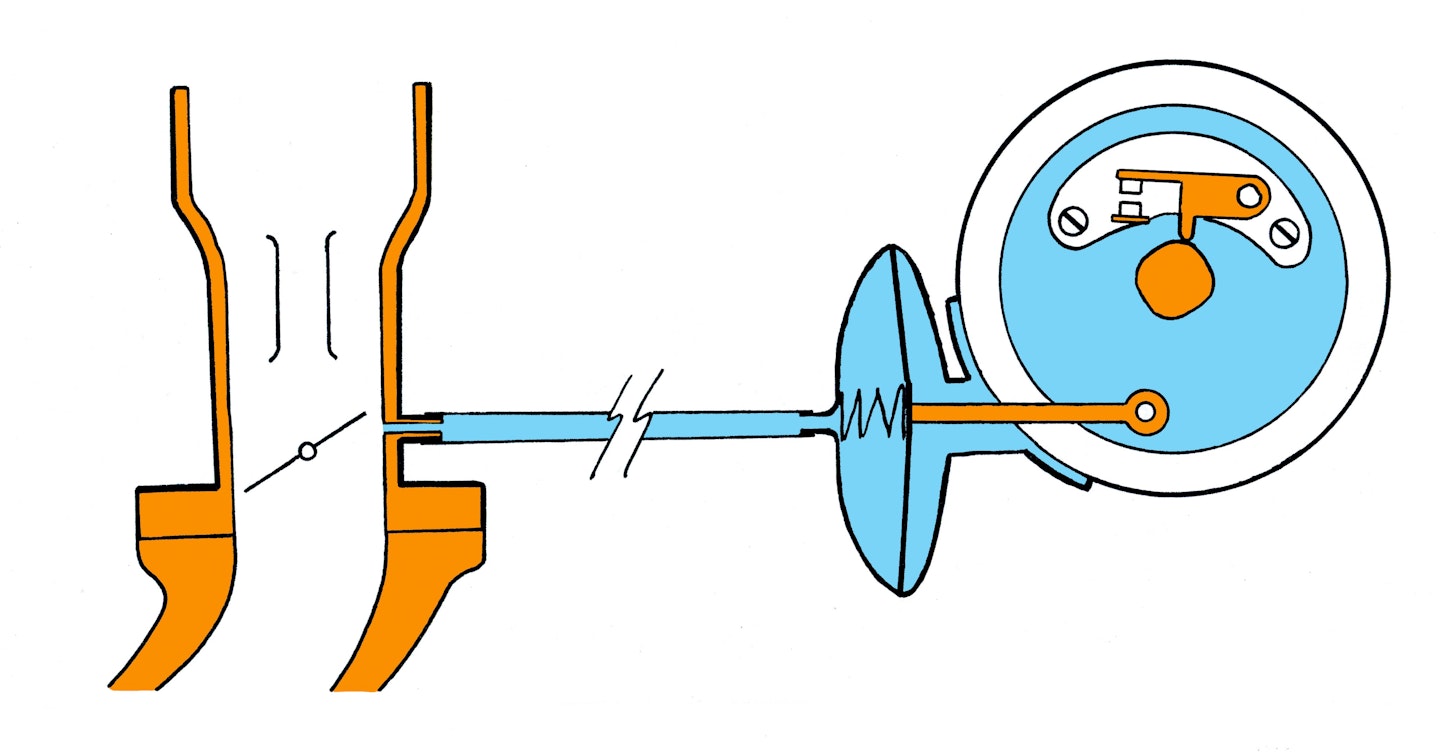It’s usual to set your classic’s ignition timing using a test lamp with the engine stationary or using a strobe light (timing gun) at tickover. This isn’t the whole story, though. As the engine speed and load vary, the timing is automatically altered by the centrifugal and – if fitted – vacuum advance mechanisms in the distributor.

These mechanisms generally need nothing more than an occasional check and a dab of oil or grease to keep them working correctly. But supposing your distributor is worn, has been swapped for the wrong one in the past, or has been fiddled with by somebody who didn’t know what they were doing? The timing might appear to be fine at idle – but it won’t be at higher revs. If this is the case, the car won’t run correctly. This might show up as lifeless performance, pinking at maximum advance or hesitation during acceleration.
As part of your faultfinding procedure, it’s important to know what to look at and how to spot if something’s not right. You’ll need a workshop manual that goes into a little detail about the ignition advance, a timing gun and a little white paint or Tipp-Ex. You’ll also need a reasonably accurate rev counter or a test meter with a tachometer function.
